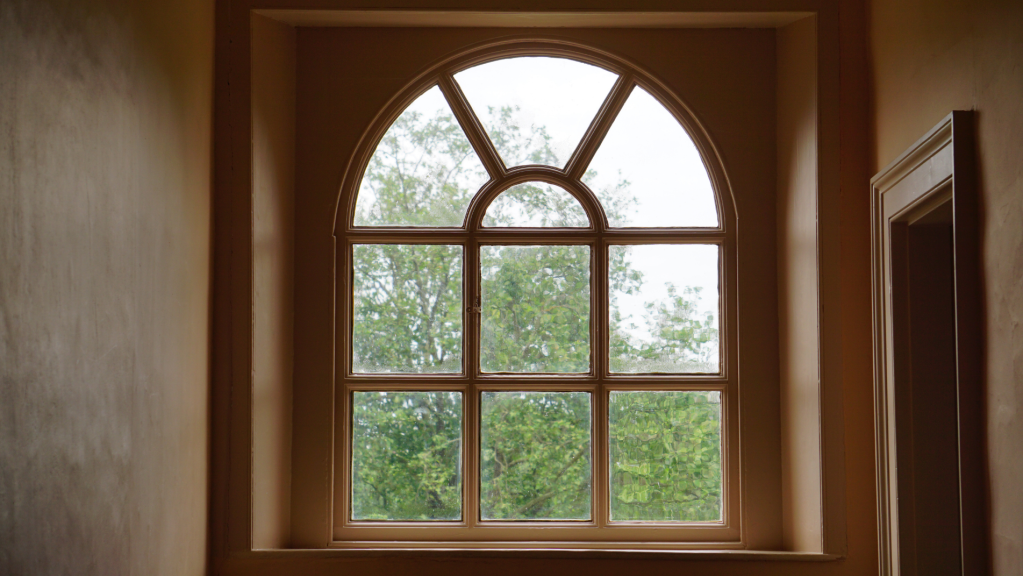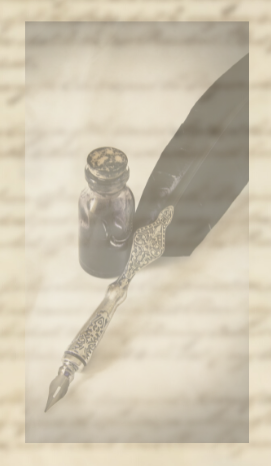So we have come to the third and final part of my Genealogy Alphabet. If you haven’t read the first instalments, you can catch part 1 here, and part 2 here. Q-Z has been rather challenging, but the rich and abundant genealogical resources have delivered.
Q is for Quit Rentals. When manorial tenants owed services to their Lord, they could be released from the duty by paying a Quit Rent. Quit Rentals are lists of the tenants commuting their service of labour to money. The documents may also name the Lord of the Manor and the Steward collecting payments. Sometimes a manorial tenant may wish to pay a quit rent to prevent other tenants executing their rights if it affected his land (such as hunting rights on farming land). These entries may offer details of the land, it’s use and maybe even some customs of the manor.
R is for Recusant Rolls. A Recusant was someone who was absent from the local parish church. Throughout the 16th century, various levels of fines were enforced against Roman Catholics and other dissenters. Around the turn of the 17th century, the penalties intensified and recusants forfeited all of their goods and much of their property. Recusant Rolls list the names of the individuals, along with the fine/forfeit imposed and descriptions of seized goods and property – although the person’s religious denomination was not recorded. If your ancestor appears in a Recusant Roll, it may lead you to investigate other Catholic/Nonconformist records.
S is for Settlement Examinations. As I mentioned in Part 2, the parish was responsible for the relief of it’s poor. Parishes were often keen to offload the financial burden to another parish; hence a Settlement Examination was undertaken to verify a pauper’s legal place of settlement (which decided whose problem they would be). The 1662 Poor Relief Act stipulated the conditions to which a person could legally claim settlement. Generally it was the parish you were born in (your husband’s parish, or your father’s parish if you were under 7), the parish in which you had worked/been apprenticed for a certain period of time, or the parish where you held property valued over £10 per annum. When questioned (under oath) the pauper would answer, revealing all sorts of valuable information, leading you to explore countless records.
T is for Tithe Maps and Apportionments. There’s much to be said on the subject of tithes and the 1836 Commutation Act; but in short, a nationwide survey was conducted to value parcels of land according to it’s size and cultivation, in order for an annual charge to be calculated and levied in place of tithes. Apportionments list the name and description of the land, the landowner/occupier, the state of cultivation and the money payable in lieu of a tithe. A reference number next to each entry relates to the accompanying Tithe Map. These maps show field names, land-use, boundaries, and of course – the reference number to be cross-referenced back to the relevant Apportionment. These records are fantastic for providing details of the land our ancestors owned/worked; and can be especially useful when used in conjunction with the 1841 census, as you can plot exactly where your ancestor resided within the community.

U is for University Registers. The two oldest English universities, Oxford and Cambridge, have published their student registers, which offer excellent biographies. The Alumni Oxonienses and the Alumni Cantabrigiensis detail students’ names, fathers’ names, sometimes other family information, their age, degree, and often later careers. They really provide a wealth of information about your educated ancestors.
V is for Vestry Minutes. The Vestry were an early form of parish council, who would meet and discuss matters concerning the community. Everything from repairs to the church, sanitation, maintenance of roads, schools, even policing. They’re a great source for understanding the day-to-day activities of your ancestors’ community, creating a picture of the sort of life they led. You may even find reference to your ancestor as a churchwarden, parish constable, or tradesman contracted to carry out works.
W is for Window Tax. Unlike some other taxes, Window Tax was levied on the occupier of a property as opposed to the owner. It was charged on a sliding scale according to how many windows a property had, which led to many people blocking-up openings in a bid to reduce their tax. Individuals who were exempt from paying the poor rate, were excused from Window Tax. Whilst the documents are basically a list of people’s names, addresses, number of windows and tax paid, they are a great tool for placing your ancestor in a certain location through a period of time.

X is for X marks the spot – on a map (oh come on, you have to let me have that surely?) Maps are often an underutilised tool in genealogy, yet they can be such a rich addition. Whether they are enclosure maps, manorial maps, tithe maps, or even maps of fire insurance plans, they can reveal exactly where our ancestors resided within a community, what their local environment was like, who their neighbours were, and how much land they owned/worked.
Y is for York, The Prerogative Court of. The court of the Archbishop of York proved wills for testators who held property in more than one diocese within the province of York (covering: Cheshire, Cumberland, Durham, the Isle of Man, Lancashire, Northumberland, Nottinghamshire, Westmorland and Yorkshire). However, individuals may have chosen to escalate a will to a higher probate court just for the prestige, so evidence of PCY probate does not necessarily mean the deceased owned land across the county/counties. If you cannot locate a pre-1858 will for an ancestor, it might be worth checking to see if it was proved at the prerogative court of York. PCY wills are held at Borthwick Institute For Archives, but can be searched online in digitised indexes at FamilySearch.org and FindMyPast.co.uk. (Probate records at this level for the rest of the country were proved at the Prerogative Court of Canterbury)
Z is for Zingari (Latin for Gypsies). Ok, so I know we are concentrating on English records in this blog, but we come across Latin in English documents don’t we? Following a family rumour, I have long been searching for a connection to Romany Gypsies in my family tree, but am still to find evidence. For those of you who do have Gypsy heritage, there are plenty of records for your travelling ancestors. The best place to start is the Romany and Traveller Family History Society, who have some fantastic research guides, publications, and transcription projects.

And there we have it, my Genealogy A-Z. I hope you have enjoyed the blogs, and that they have encouraged you to check out some records you haven’t used before, or have reminded you of some you haven’t explored in a while. As I said in parts 1 and 2, I haven’t delved too deeply into how, why or when the documents discussed were created, this is simply a reminder of their existence. The collections mentioned are scattered across the country, and can be found in national or local archives, museums, history centres, even private hands. Of course, as with most records, there are exceptions to who or what the collections concerned, whether it be the dates covered, or exemptions for particular individuals/groups, so there is no guarantee you will discover your ancestors in every record set. However, I do wish you every success in your quest. Happy researching!








